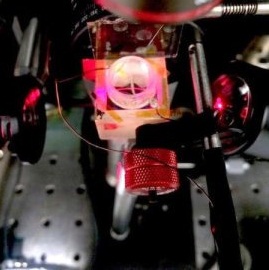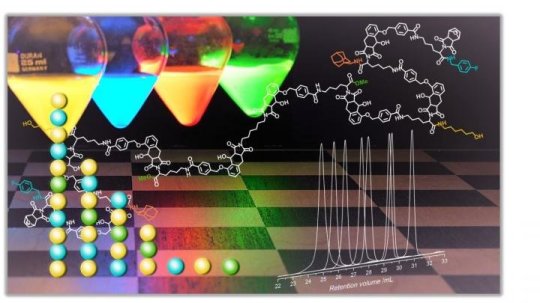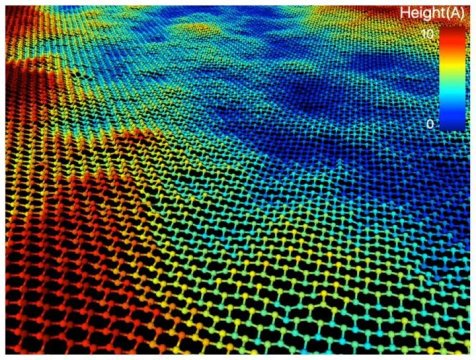
World’s smallest radio receiver has building blocks the size of two atoms (20/12/2016)
Researchers
from the Harvard John A. Paulson School of Engineering and Applied Sciences
have made the world's smallest radio receiver -- built out of an assembly of
atomic-scale defects in pink diamonds.

Big data technique shrinks data sets while preserving their fundamental mathematical relationships (18/12/2016)
One way to
handle big data is to shrink it. If you can identify a small subset of your
data set that preserves its salient mathematical relationships, you may be able
to perform useful analyses on it that would be prohibitively time consuming on
the full set.

Scientists boost catalytic activity for key chemical reaction in fuel cells (18/12/2016)
New catalysts containing platinum and lead could improve the efficiency of fuel cells -- a promising technology for producing clean energy.

New graphene-based system could help us see electrical signaling in heart and nerve cells (18/12/2016)
Scientists have enlisted the exotic properties of graphene to function like the film of an incredibly sensitive camera system in visually mapping tiny electric fields. They hope to enlist the new method to image electrical signaling networks in our hearts and brains.

Macromolecules: Light to design precision polymers (16/12/2016)
Chemists have succeeded in
specifically controlling the setup of precision polymers by light-induced
chemical reactions. The new method allows for the precise, planned arrangement
of the chain links, i.e. monomers, along polymer chains of standard length. The
precisely structured macromolecules develop defined properties and may possibly
be suited for use as storage systems of information or synthetic biomolecules.

Fast track control accelerates switching of quantum bits (16/12/2016)
From laptops to cellphones, today’s
technology advances through the ever-increasing speed at which electric charges
are directed through circuits. Similarly, speeding up control over quantum
states in atomic and nanoscale systems could lead to leaps for the emerging
field of quantum technology.

Capturing the energy of slow motion (16/12/2016)
A team of materials scientists and
electrical engineers has designed a mechanical energy transducer that points
toward a new direction in scalable energy harvesting of unused mechanical
energy, including wind, ocean waves and human motion.

Nanorockets now available with brakes and a steering wheel (14/12/2016)
Tiny machines like nanorockets are
ideal candidates for drug delivery in the human body. Chemists now demonstrate
the first complete movement regulation of a nanorocket, by providing
temperature responsive brakes. An interesting feature for practical
applications, since temperature sensitivity enables the rocket to stop in
diseased tissues where temperatures are higher.

Electron highway inside crystal (14/12/2016)
Physicists have made an astonishing
discovery in a specific type of topological insulators. They were able to
detect new electronic states of matter in these insulators. The effect is due
to the structure of the materials used.

Machine learning enables predictive modeling of 2-D materials (12/12/2016)
Scientists have used machine learning
tools to create the first atomic-level model that accurately predicts the
thermal properties of stanene, a 2-D material made up of a one-atom-thick sheet
of tin.









